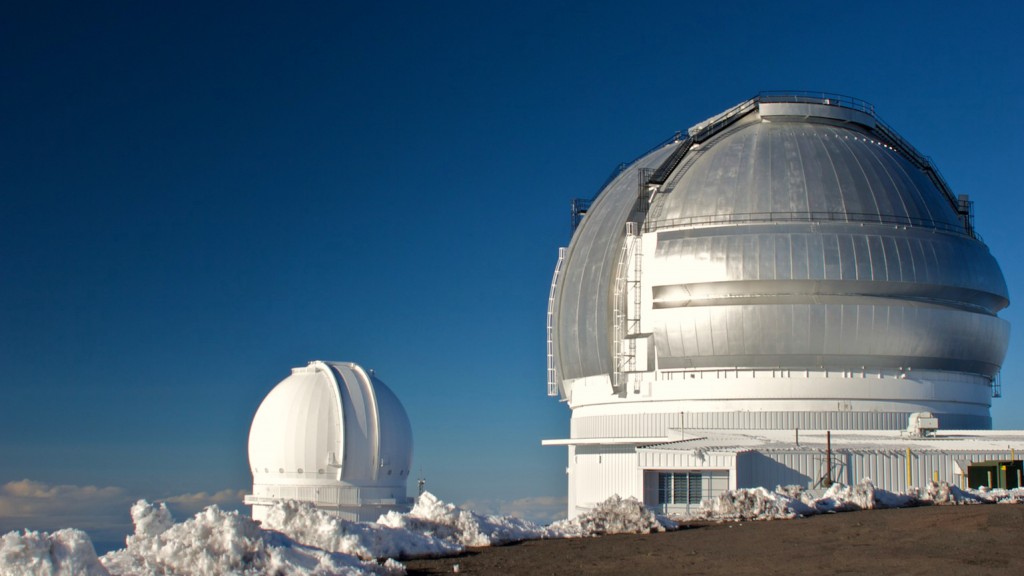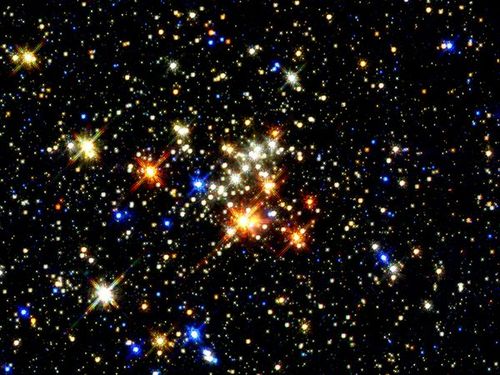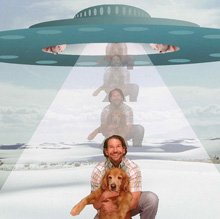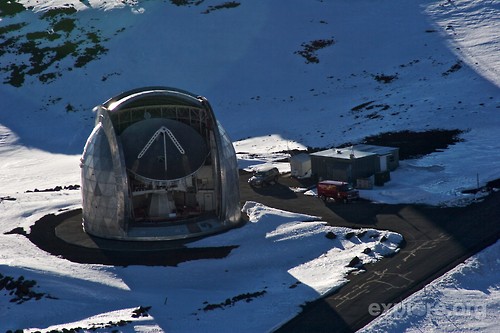Humankind is driven by the need to explore. What creates the need to see the unknown side of a mountain? To cross great oceans in the search for distant shores? In many cases, it’s simply an innate thirst for knowledge and adventure.
Stargazing: Red Hot Might Be Cool
From National Geographic: Some stars have always stood out from the rest. Their brightness is a factor of how much energy they put out, which is called their luminosity, and also how far away from Earth they are. Stars in the heavens may also appear to be different colors because their temperatures are not all the same.
Stargazing from Hawaii
On top of a dormant volcano, the Keck Observatory in Hawaii looks down on the clouds. In the middle of the Pacific Ocean, Hawai’i Island is surrounded by thousands of miles of thermally stable seas. The 13,796-foot Mauna Kea summit has no nearby mountain ranges to roil the upper atmosphere. Few city lights pollute Hawaiian
Space Explorers
With last week’s huge discovery that ripples from the big bang are still reverberating through our universe, come join us in outer space. Charlie, founder of Explore, returns to his birthplace of Roswell, New Mexico. In 1947, it was believed that a UFO crashed there. Reality or hoax? You decide.
Big Bang Discovery Helps Explain Origins of Universe
This week big news hit the science frontier as a 30-year-old theory on the Big Bang got a new breakthrough. From CNN: There’s no way for us to know exactly what happened some 13.8 billion years ago, when our universe burst onto the scene. But scientists announced Monday a breakthrough in understanding how our world






